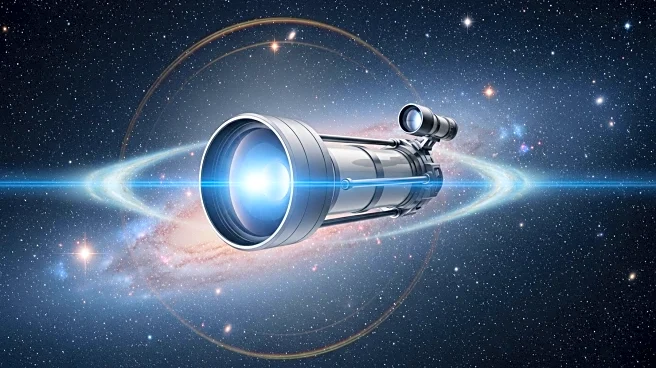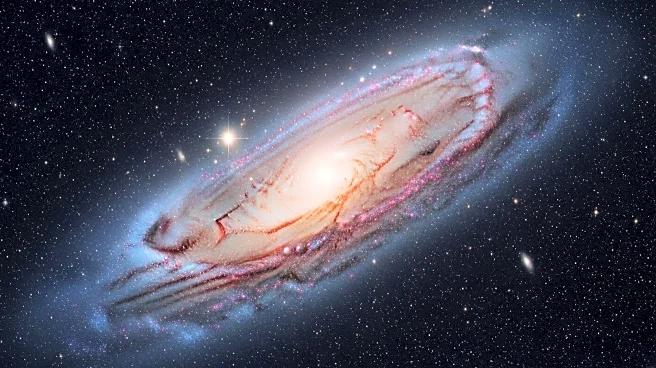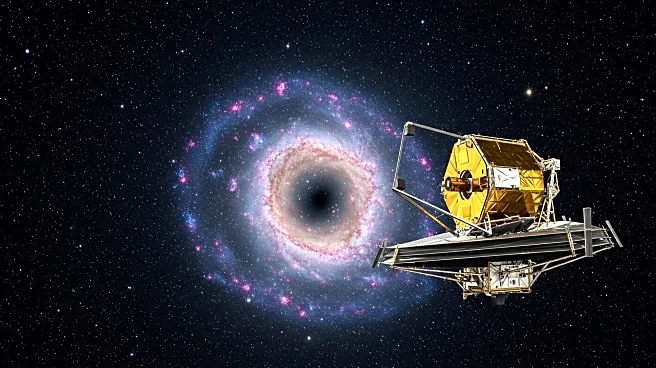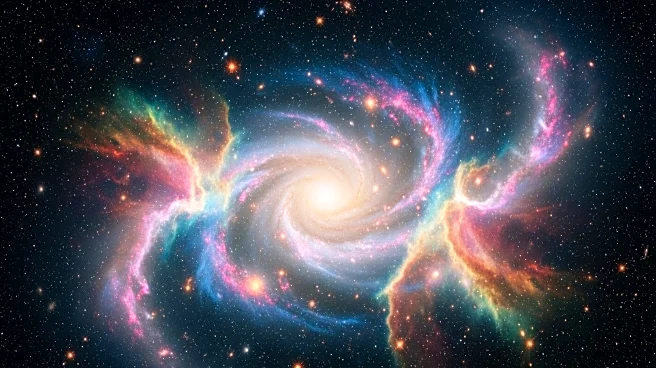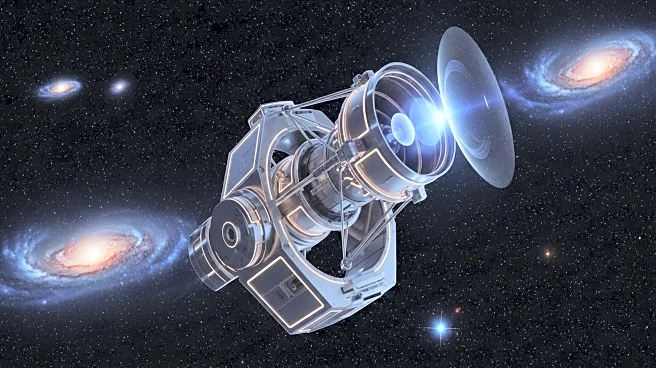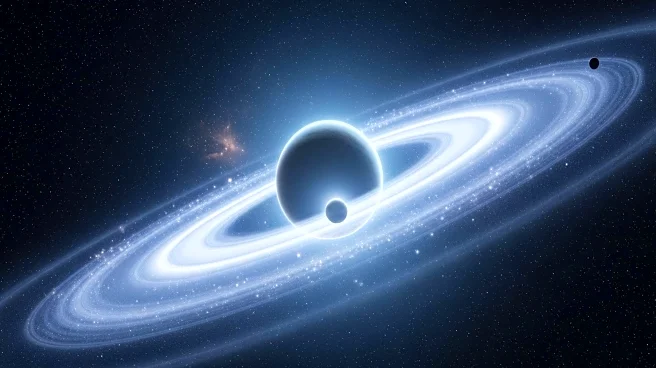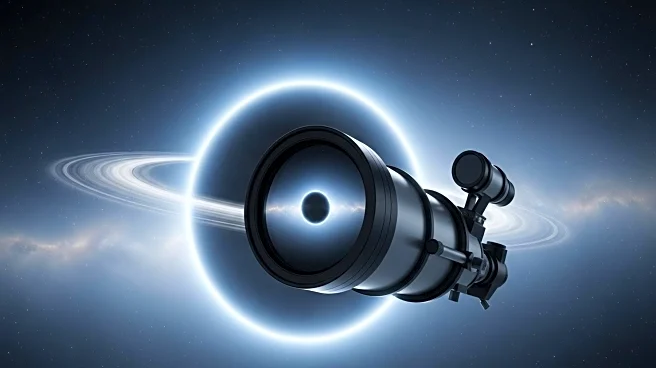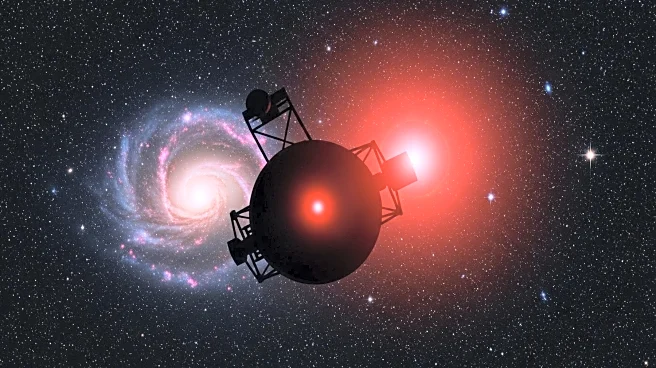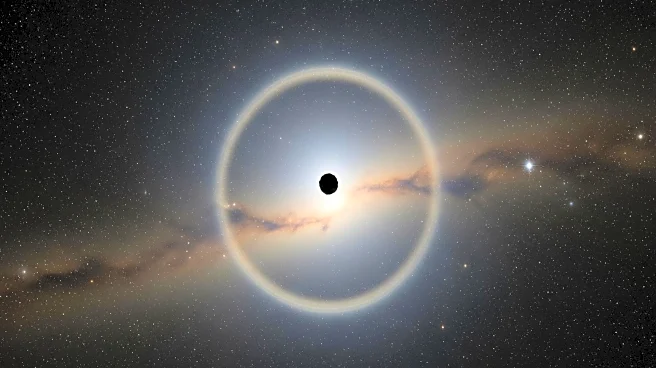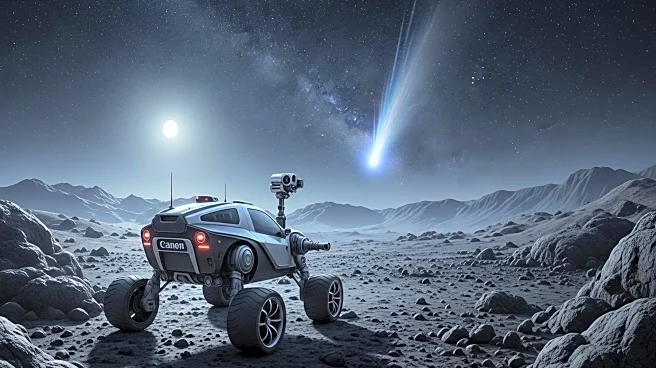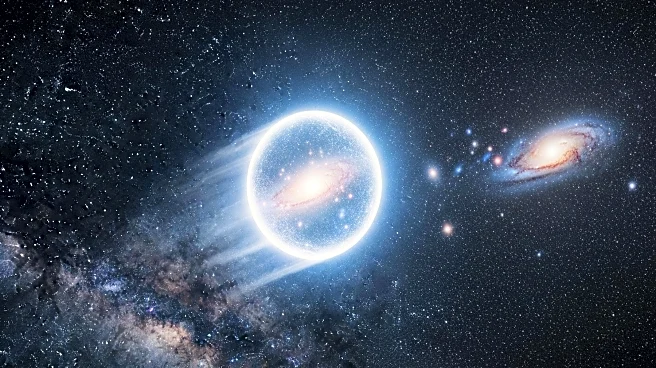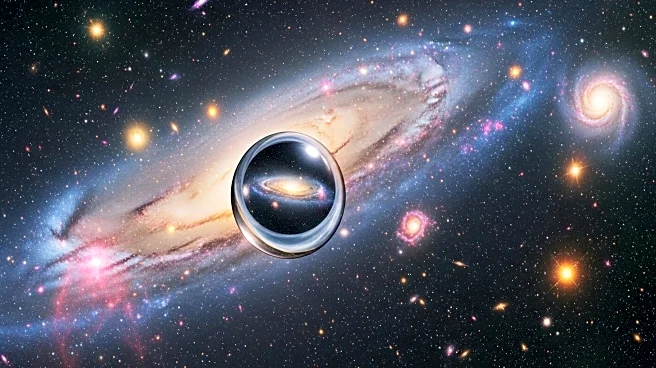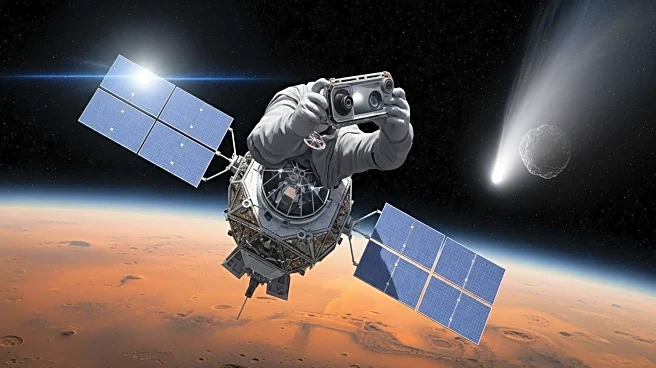What is the story about?
What's Happening?
NASA's James Webb Space Telescope has captured eight examples of gravitational lensing, where massive objects like galaxies warp space-time, bending and distorting the light of distant galaxies behind them. This effect acts as a cosmic magnifying glass, allowing astronomers to look further back into the universe's history. The images were drawn from the COSMOS-Web program, which aims to study galaxy formation across cosmic time and uncover gravitational lenses.
Why It's Important?
Gravitational lensing, first predicted by Albert Einstein, provides astronomers with a powerful tool to study the universe's history. By magnifying distant galaxies, researchers can gain insights into galaxy formation and the structure of the universe. The James Webb Space Telescope's ability to capture these phenomena in greater detail than previous telescopes enhances our understanding of cosmic events and the fundamental principles of physics.
What's Next?
The COSMOS-Web program will continue to study gravitational lensing, potentially uncovering more examples and refining our understanding of galaxy formation. As researchers analyze these images, they may develop new theories about the universe's evolution and the role of massive objects in shaping space-time. The findings could influence future astronomical research and the development of new technologies for observing deep space.
Beyond the Headlines
The study of gravitational lensing not only advances our understanding of the universe but also challenges existing theories about space-time and gravity. The James Webb Space Telescope's observations may lead to new discussions about the nature of the cosmos and the potential for discovering unknown phenomena in deep space.
AI Generated Content
Do you find this article useful?
